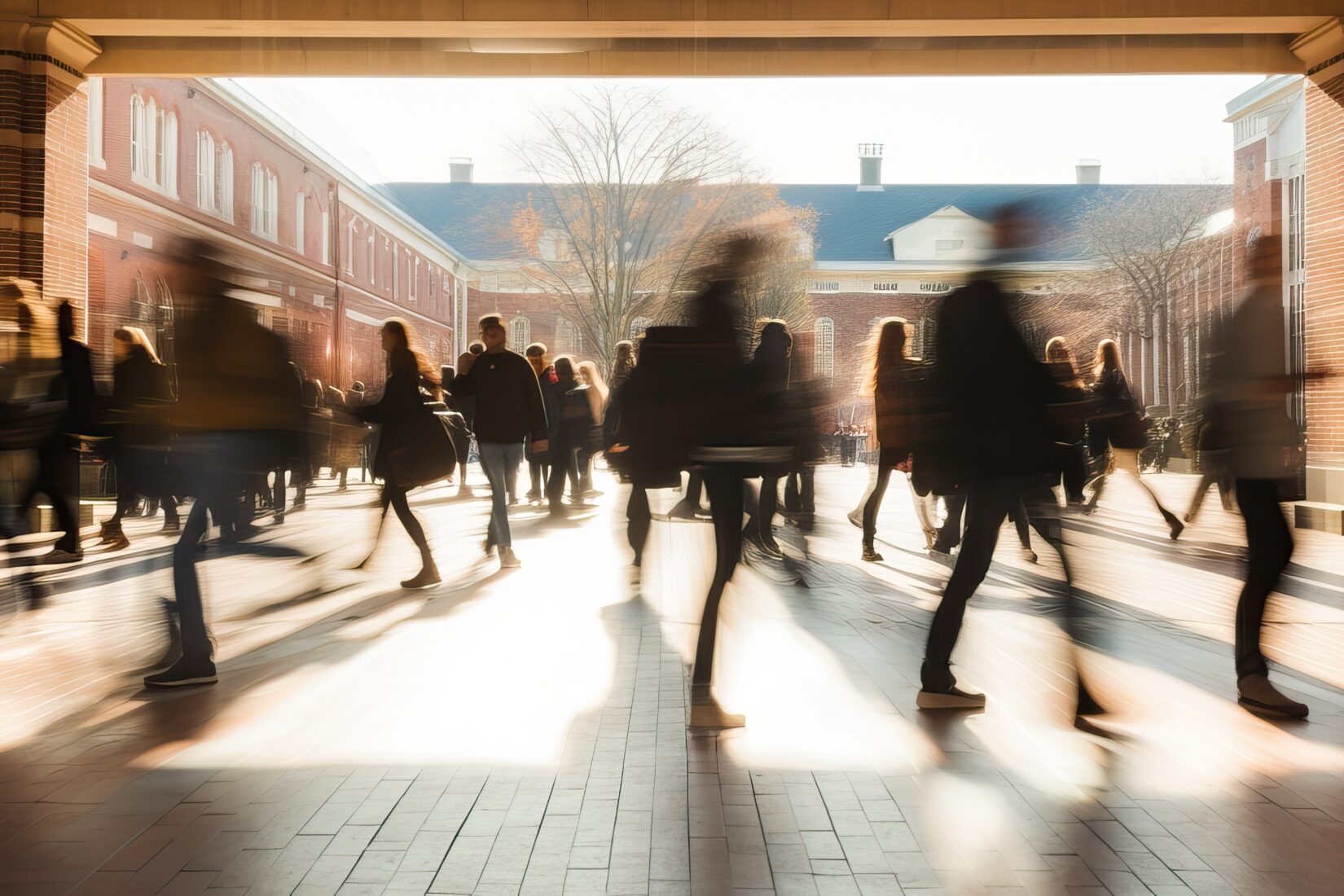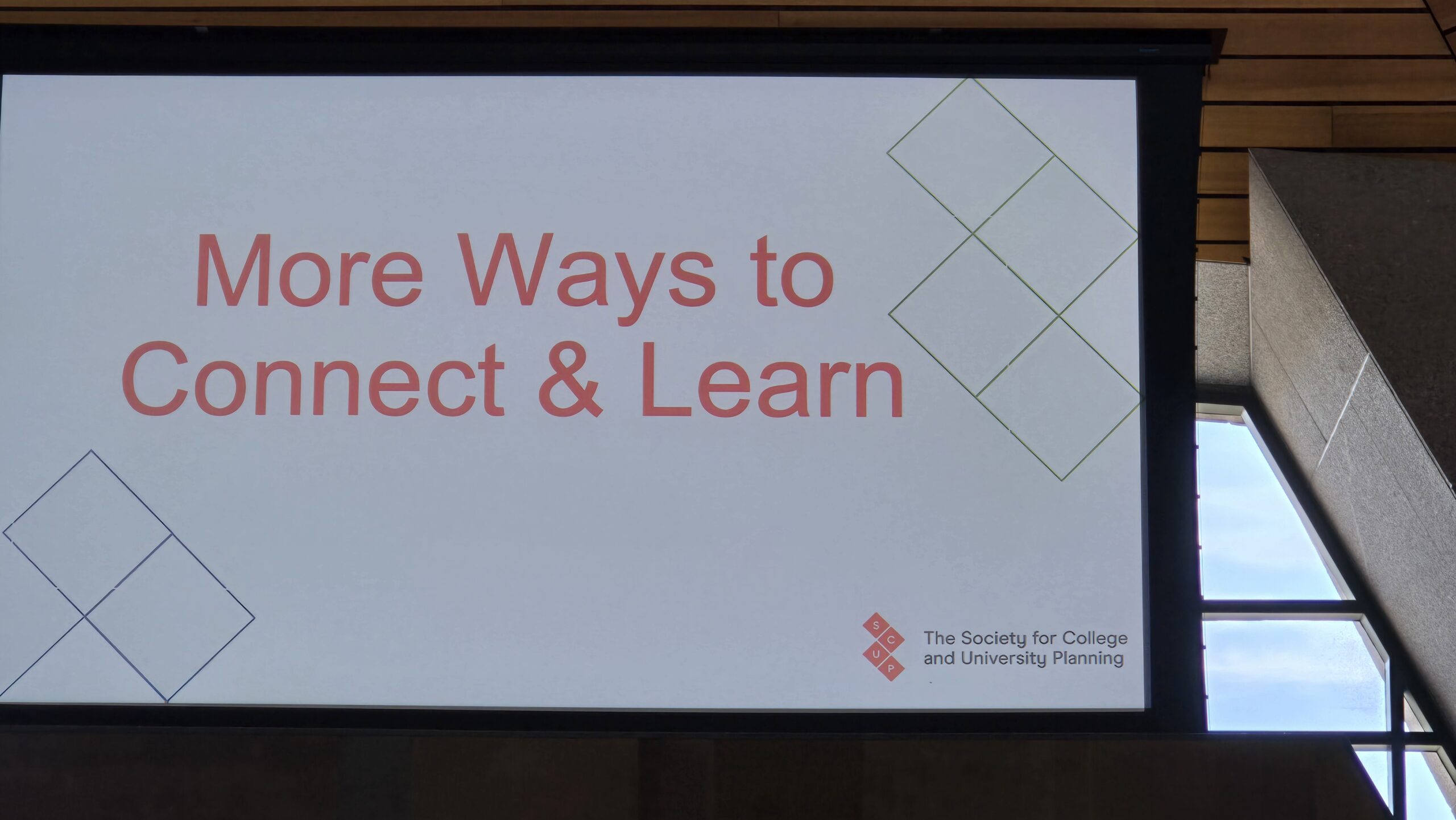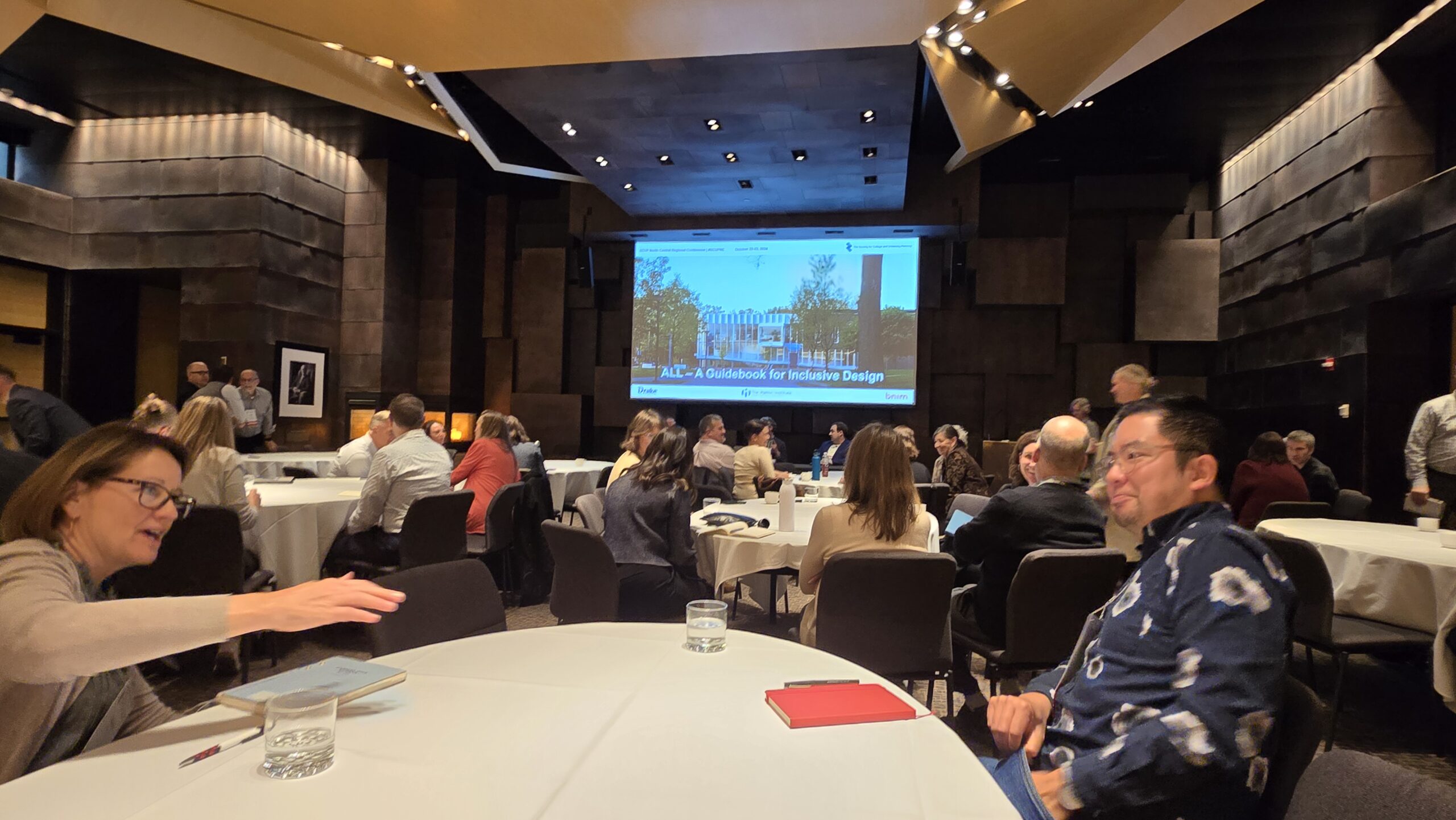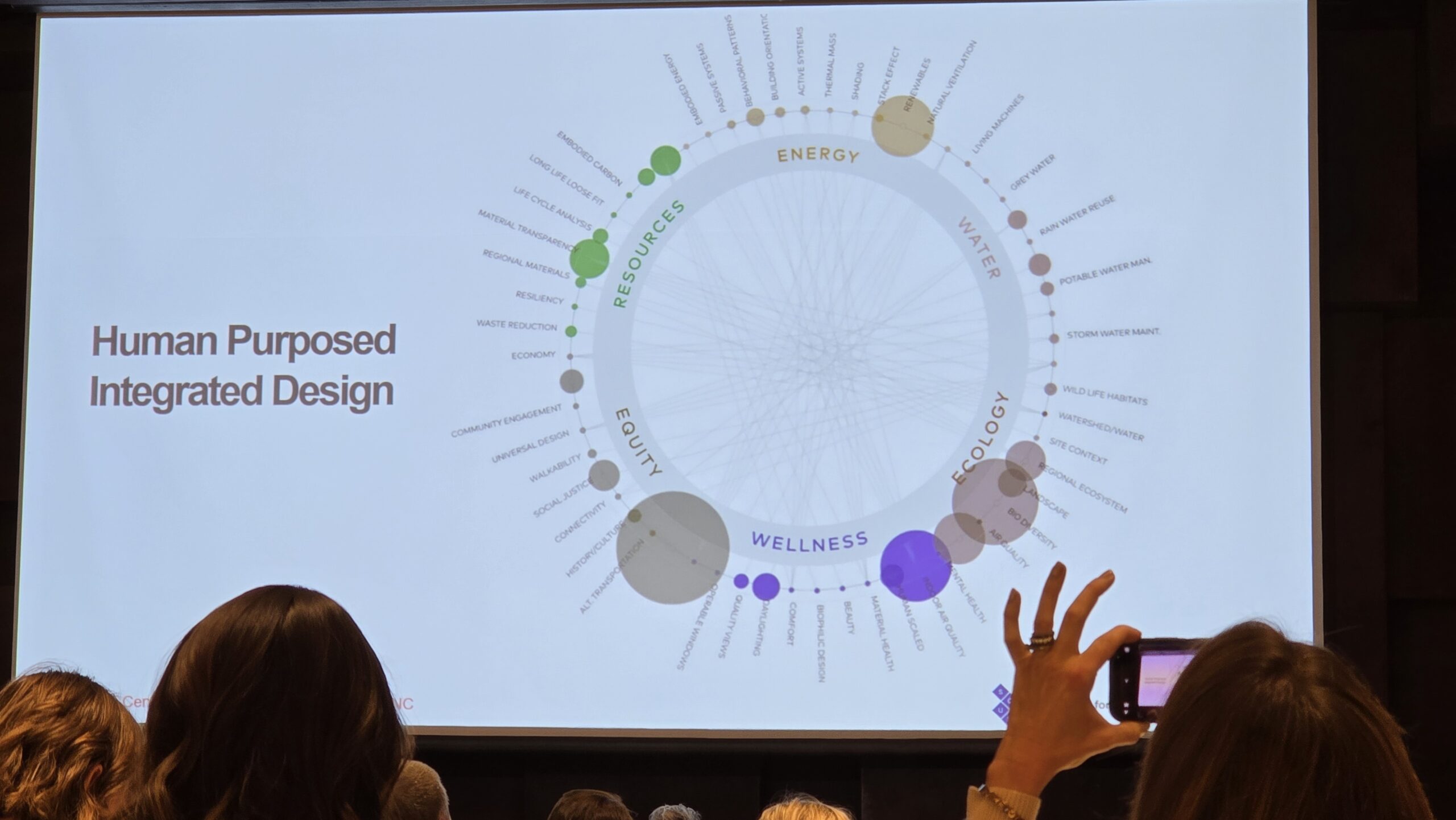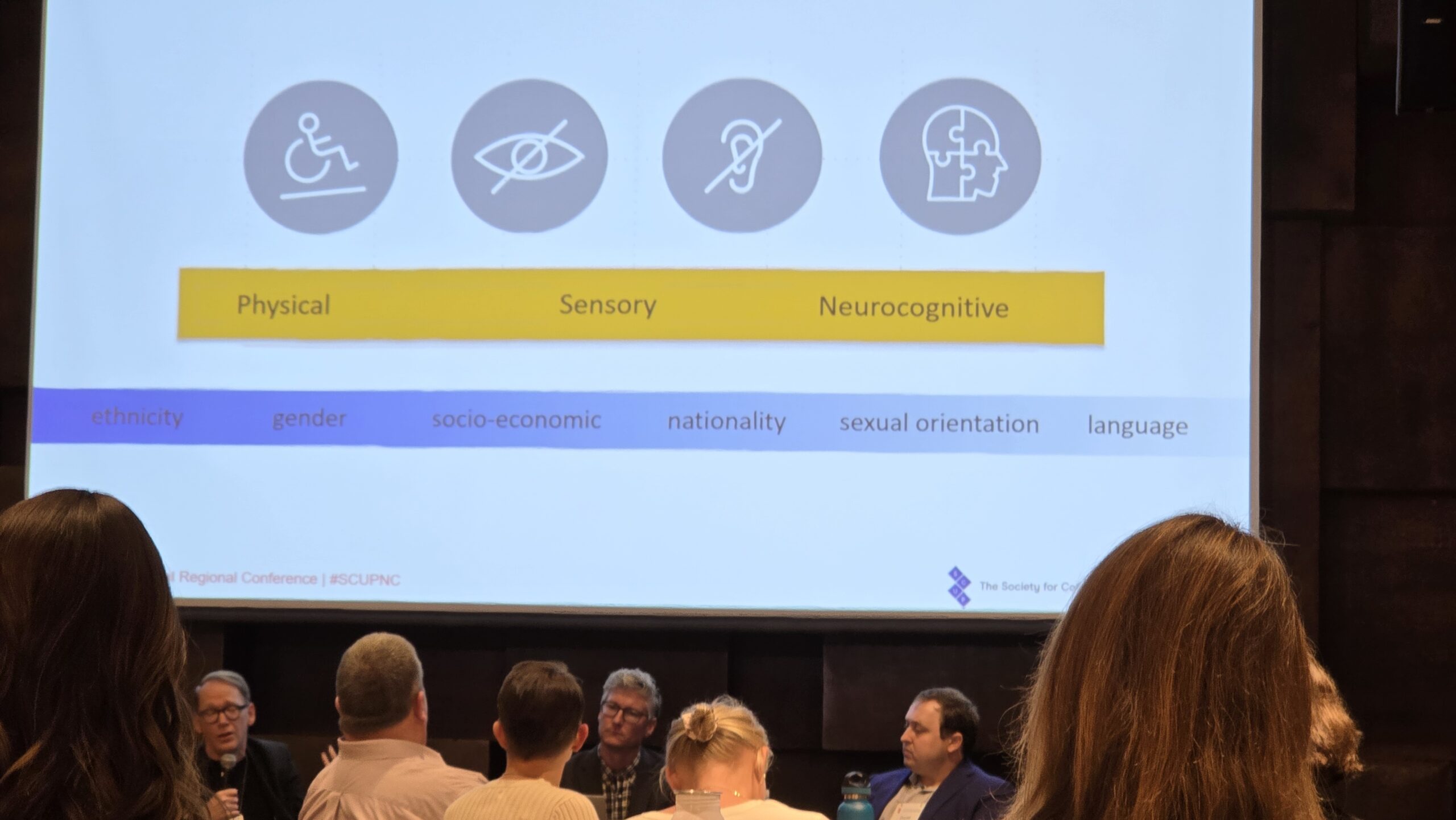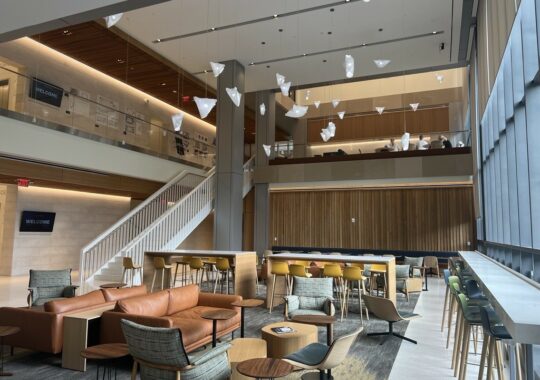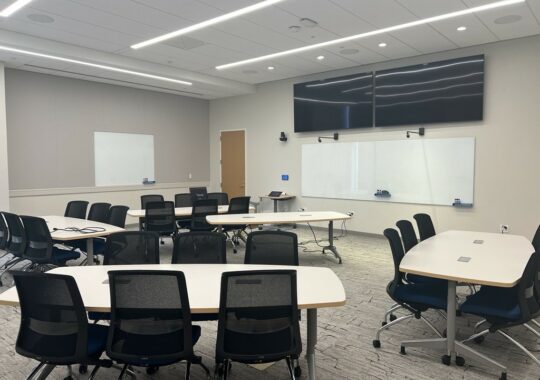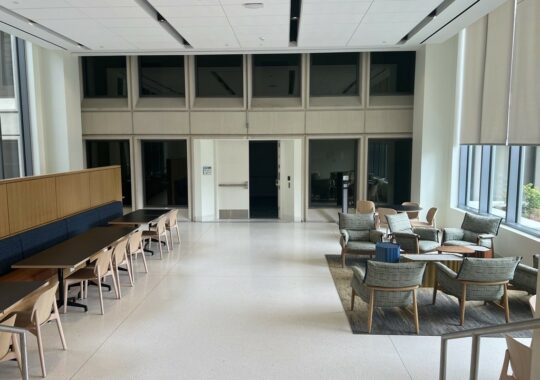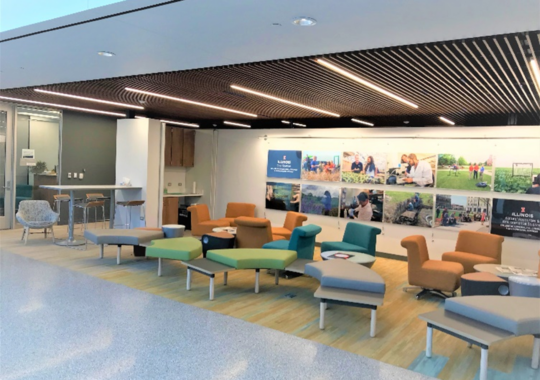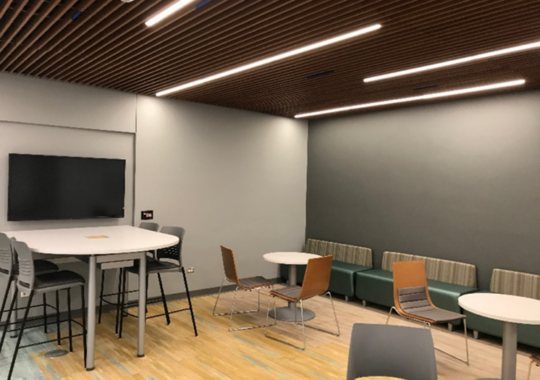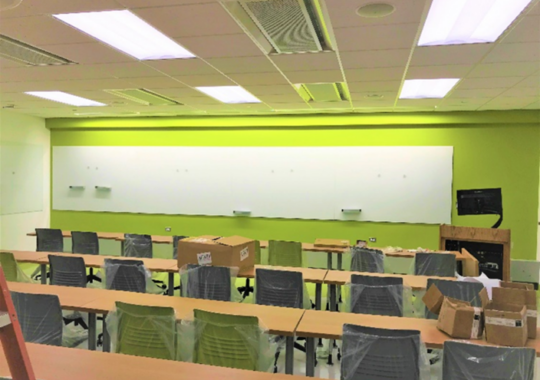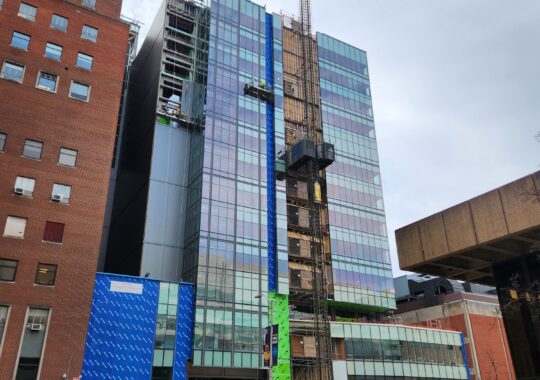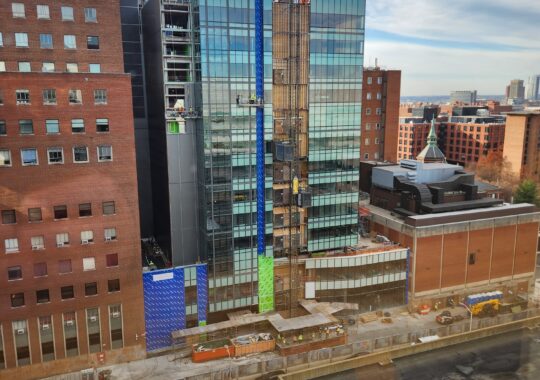This article examines key trends and insights from The Society for College and University Planning (SCUP) Conference held in Minneapolis from October 22-25, 2024. The paper identifies major themes emerging from various sessions, focusing on the evolving landscape of higher education and its implications for campus planning and design.
The theme for this year’s conference was:
Overall, attendance was much higher than the previous year, with attendees from a good mix of educational institutions and architects. I was able to converse with many of the attendees during breakout sessions and ‘get to know the person next to you’ sessions throughout the conference.
There were three sets of concurrent sessions held on an hourly basis throughout the conference, which allowed for a greater opportunity to meet with smaller groups in each session.
Notes are organized into themes that were identified in the overall conference.
1. The Evolving Student Experience Trends
• Attracting and Retaining Students: The conference highlighted the importance of the campus experience in attracting and retaining students. Institutions are recognizing the need to create vibrant and engaging campus environments that foster a sense of community and provide students with a sense of belonging. This includes offering flexible learning options, with students desiring the ability to attend classes in person or remote daily.
• The Rise of “Community” Spaces: Libraries are transforming into dynamic hubs that cater to diverse student needs, moving away from traditional quiet study areas to incorporate small student pods, esports clubs, and maker spaces. This shift reflects the growing importance of collaboration and interaction in the student experience.
• Embracing Technology: Technology is playing an increasingly central role in supporting the educational experience well beyond the formal classroom. Institutions are moving towards technology that supports project-based learning models, preparing students to be industry-ready graduates. This requires significant investment in infrastructure and pedagogical approaches to keep pace with rapid technological advancements. Therein lies one of the greatest challenges institutions are trying to address:
-Updating Infrastructure to support technology
-Revitalizing and updating Pedagogy that is at the forefront of the collaborative environment and is ever evolving at a clip that outpaces the ability to adapt.
2. Inclusive Design: A Human-Centered Approach
• Empathy and Accessibility: The conference emphasized the importance of inclusive design principles in creating welcoming and accessible campus environments for all students. This includes engaging neuro disorders and disabled stakeholders in the planning process and considering the needs of learners with diverse sensory, physical, and mental challenges during early planning.
• The DIVE Process: The DIVE (Discover, Illustrate, Validate, Evolution) process, a human-centered design approach, was presented as a valuable framework for enriching campus planning. This iterative process involves identifying and understanding user perspectives, observing behaviors, and embracing continuous improvement.
• Post-Occupancy Evaluation: The conference highlighted the importance of ongoing post-occupancy evaluations to assess the effectiveness of design decisions and identify areas for improvement. This approach ensures that campus spaces continue to meet the evolving needs of students and faculty long after initial design and construction by creating an ongoing evaluation which is focused on identifying ongoing trends and attempting to address them earlier than later.
3. Adapting to Future Trends
• The Demographic Cliff and Enrollment Challenges: The anticipated demographic cliff, expected by 2029, signals a decline in the traditional college-age population and presents substantial challenges for higher education institutions. To adapt to this shift, colleges and universities are exploring strategies such as revising course offerings, emphasizing high-demand majors, and developing innovative approaches to attract students. Many institutions have identified demographics that indicate roughly 70% of students enroll in 30% of majors within a given institution.
• The Impact of AI and Quantum Computing: The rise of artificial intelligence (AI) and quantum computing is transforming the educational landscape. Institutions are exploring how to integrate these technologies into their curricula and research programs.
• Space Optimization and Automation: Efficient use of space is crucial in the face of changing student needs and enrollment trends. Institutions are adopting automated space reservation systems to maximize space utilization and facilitate student access to campus resources. This process will also provide significant data on room usage by space type which will help inform future decision making related to space utilization and technologies available in those spaces.
Conclusion
The SCUP Conference 2024 provided valuable insights into the forces shaping the future of higher education. Institutions must embrace a student-centered approach, prioritize inclusive design, and adapt to emerging trends to create vibrant and relevant campus environments that support student success and institutional resilience.
